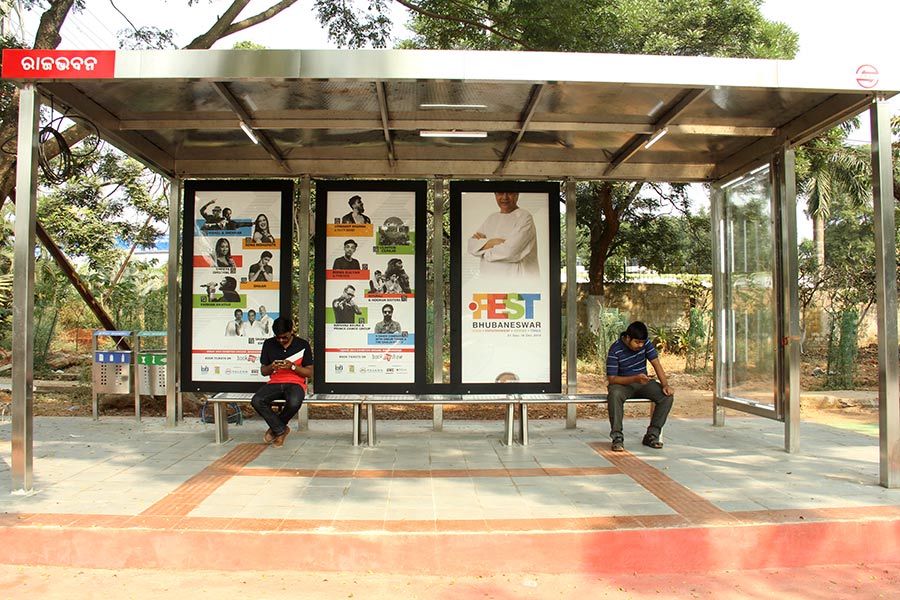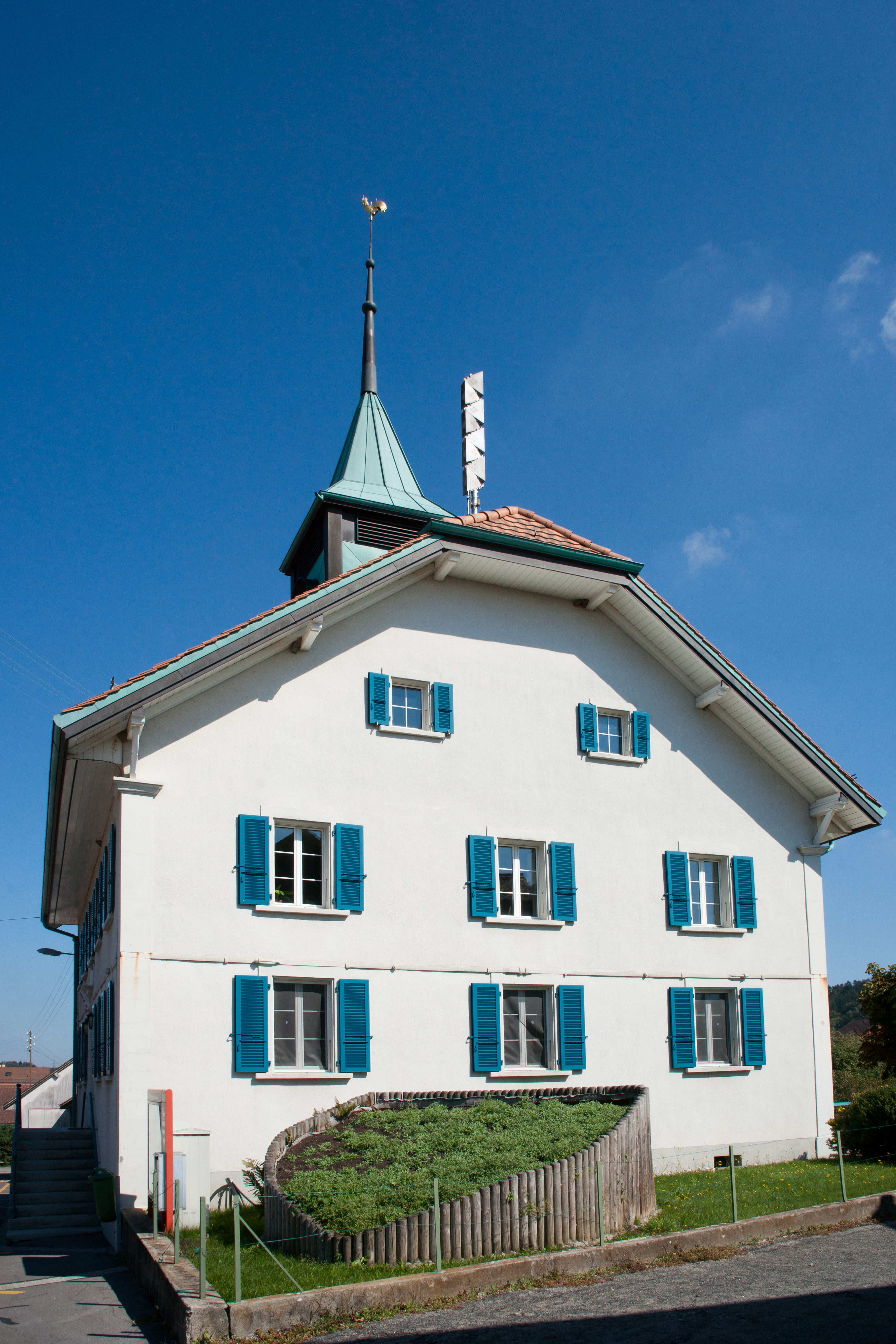|
Trolleybuses In Lausanne
The Lausanne trolleybus system (french: Réseau de trolleybus de Lausanne) forms part of the public transport network of Lausanne, in the canton of Vaud, Switzerland. The system has been in operation since 1932Murray, Alan (2000). ''World Trolleybus Encyclopaedia'', p. 73. Yateley, Hampshire, UK: Trolleybooks. . and is the third-oldest surviving trolleybus system in the world, after those of Shanghai and Philadelphia. Today, the system is the largest in Switzerland; it is supplemented by the Lausanne Metro, and by various conventional bus routes. The system is operated by Transports publics de la région lausannoise (TL) – formerly ''Tramways Lausannois'' – and comprises 10 trolleybus lines, serving not only Lausanne, but also the neighbouring municipalities of Le Mont-sur-Lausanne, Lutry, Paudex, Prilly, Pully and Renens. Following some line closures, the system no longer serves Cugy, Epalinges and Froideville. History Opened on 2 October 1932, the Lausanne system ... [...More Info...] [...Related Items...] OR: [Wikipedia] [Google] [Baidu] |
Nutzfahrzeuggesellschaft Arbon & Wetzikon
Adolph Saurer AG was a Swiss manufacturer of embroidery and textile machines, trucks and buses under the Saurer and Berna (beginning in 1929) brand names. Based in Arbon, Switzerland, the firm was active between 1903 and 1982. Their vehicles were widely used across mainland Europe, particularly in the interwar period. History In 1853 Franz Saurer (1806–1882) from Veringenstadt, Germany established an iron foundry for household goods near the Swiss town of Sankt Gallen. Eastern Switzerland was a center for both embroidery and embroidery machine development. About 1850 Franz Rittmeyer built the first practical, satin stitch embroidery machine, known as the '' Handstickmaschine''. Several Swiss companies began building and improving these machines, and their heyday lasted from roughly 1865 until the end of the century. Two of Franz Saurer's sons – Anton and Adolf - were aware of this invention, saw an opportunity, and began building hand embroidery machines in their father's ... [...More Info...] [...Related Items...] OR: [Wikipedia] [Google] [Baidu] |
Paudex
Paudex is a municipality in the Swiss canton of Vaud, located in the district of Lavaux-Oron. It is a suburb of the city of Lausanne. History Paudex is first mentioned in 1220 as ''Paudais''. Geography Paudex has an area, , of (depending on calculation method). Of this area, or 8.3% is used for agricultural purposes, while or 10.4% is forested. Of the rest of the land, or 83.3% is settled (buildings or roads), or 2.1% is either rivers or lakes.Swiss Federal Statistical Office-Land Use Statistics 2009 data accessed 25 March 2010 Of the built up area, housing and buildings made up 64.6% and transportation infrastructure made up 14.6%. while parks, green belts and sports fields made up 4.2%. Out of the forested land, 6.3% of the total land area ... [...More Info...] [...Related Items...] OR: [Wikipedia] [Google] [Baidu] |
Rigid Bus
A rigid bus (either a motor bus or trolleybus) is a vehicle used in public transportation services with a single, rigid chassis. A bus of this type is to be contrasted with an articulated or bi-articulated bus, which will have two or more rigid sections linked by a pivoting joint, also with a trailer bus, which is formed out of a bus bodied semi-trailer pulled by a conventional tractor unit. The term "rigid bus" is used mainly in British English and Australian English and usually only when distinguishing such buses from articulated buses, such as describing a fleet that includes both types. In the case of two-axle buses, which must be single-chassis, rigid vehicles, British English often refers to such vehicles as "two-axle" buses, only using the term "rigid" when referring to vehicles with three or more axles, which can be either rigid or articulated. The term "rigid bus" is not used in American English, where the distinction is commonly made using the term "non-articulated" ... [...More Info...] [...Related Items...] OR: [Wikipedia] [Google] [Baidu] |
Bus Stop
A bus stop is a place where buses stop for passengers to get on and off the bus. The construction of bus stops tends to reflect the level of usage, where stops at busy locations may have shelters, seating, and possibly electronic passenger information systems; less busy stops may use a simple pole and flag to mark the location. Bus stops are, in some locations, clustered together into transport hubs allowing interchange between routes from nearby stops and with other public transport modes to maximise convenience. Types of service For operational purposes, there are three main kinds of stops: Scheduled stops, at which the bus should stop irrespective of demand; request stops (or flag stop), at which the vehicle will stop only on request; and hail and ride stops, at which a vehicle will stop anywhere along the designated section of road on request. Certain stops may be restricted to "discharge/set-down only" or "pick-up only". Some stops may be designated as "timing poin ... [...More Info...] [...Related Items...] OR: [Wikipedia] [Google] [Baidu] |
Trams In Lausanne
Lausanne, a city in western Switzerland and a cultural and commercial centre, has returned its tramway as a modern tram system. Lausanne once had a standard steel wheeled tramway network. Its heyday was during the 1930s. The tram service was completely stopped in 1964. Trams returned to Lausanne in 1991. History Unlike many cities of the world, the Lausanne tram system was started directly as electric tram. The first attempts to create a tramway network in Lausanne date back to the period between 1869 and 1872, when a compressed air system was proposed comparable to that used on the Trams in Bern. In 1882, engineer Bergeron proposed the installation of a funicular traction tram (such as the famous San Francisco cable car system ) to connect the station to the city center, with a branch path; the death of the engineer put an end to the project. On December 21, 1894, the engineer Adrien Palaz obtained the federal subsidy for the construction of a tram network, the following yea ... [...More Info...] [...Related Items...] OR: [Wikipedia] [Google] [Baidu] |
Lausanne Railway Station
Lausanne railway station (french: Gare de Lausanne) Is the main intercity and regional railway station for the city of Lausanne, Vaud, Switzerland. It is often known as Lausanne CFF to distinguish it from others in the town. Description Lausanne is a through station, which sits at the junction of the Simplon, Lausanne–Bern, and Lausanne–Geneva railway lines. Due to this, express passenger trains are available to a wide variety of destinations across the country. Passenger trains are primarily run by Swiss Federal Railways (SBB CFF FFS), with additional international trains run by companies from neighbouring France (TGV Lyria). There is also a network of local services from Lausanne, primarily as part of the RER Vaud, and platforms for line 2 of the Lausanne Métro. The metro station, Lausanne-Gare, was opened on 27 October 2008. Passenger facilities include Bureau de change, left luggage and lost property offices. Developments Significant improvements are planned fo ... [...More Info...] [...Related Items...] OR: [Wikipedia] [Google] [Baidu] |
Trolleybuses In Winterthur
The Winterthur trolleybus system ( gsw, Trolleybus System Winterthur) forms part of the public transport network that serves Winterthur, in the canton of Zürich, Switzerland. Opened on 28 December 1938, the system gradually replaced the Winterthur tramway network. History The individual line sections of the Winterthur trolleybus system went into operation as follows: With the timetable change on 23 May 1982, the Rosenberg line (line 3) was separated from the Breite line (a new line 4). The latter line, which operated as a circle line, was converted back into a diesel bus service on 28 May 1995, and the last remaining traces of its overhead wires disappeared at the end of January 2010. Meanwhile, in December 2006, lines 3 and 6 were merged into the present line 3. Lines The present system is made up of the following lines, all of them cross-city routes: Fleet Evolution The Winterthur trolleybus system was operated initially by conventional length, two-axle vehicle ... [...More Info...] [...Related Items...] OR: [Wikipedia] [Google] [Baidu] |
Fribourg–Farvagny Trolleybus System
The Fribourg–Farvagny trolleybus system (french: Train sans voie de Fribourg–Farvagny) was a pioneering interurban trolleybus line in the canton of Fribourg, Switzerland between 1911 and 1932. The long line was operated for most of its life by the Compagnie des omnibus électriques Fribourg–Farvagny, and linked the old Fribourg railway station with Farvagny-le-Grand. It was the first trolleybus system in Switzerland, although a 200-metre-long experimental trolleybus line had operated on a demonstration basis near the Château de Chillon and the Hotel Byron in 1900. History Origins At the start of the 20th century, the ' was founded, with the goal of obtaining a concession for, and constructing, a metre gauge tramway from Fribourg to Les Daillettes, a neighborhood of Villars-sur-Glâne. It was also intended that the tramway be capable of extension to Bulle. Subsequently, however, the committee learned of the achievements of a new "trackless railway" in Austria, and ... [...More Info...] [...Related Items...] OR: [Wikipedia] [Google] [Baidu] |
Froideville, Switzerland
Froideville is a municipality in the district of Gros-de-Vaud in the canton of Vaud in Switzerland. History Froideville is first mentioned in 1284 as ''Frigida Villa''. Geography Froideville has an area, , of . Of this area, or 38.3% is used for agricultural purposes, while or 51.3% is forested. Of the rest of the land, or 10.3% is settled (buildings or roads).Swiss Federal Statistical Office-Land Use Statistics 2009 data accessed 25 March 2010 Of the built up area, housing and buildings made up 6.9% and transportation infrastructure made up 2.8%. Out of the forested land, all of the forested land area is covered with heavy forests. Of the agricultural land, 27.5% is used for growing crops and 10.0% is pastures. The munici ... [...More Info...] [...Related Items...] OR: [Wikipedia] [Google] [Baidu] |
Cugy, Vaud
Cugy is a municipality in the district of Gros-de-Vaud in the canton of Vaud in Switzerland. History Cugy is first mentioned around 968-85 as ''in villa Cuzziaco''. In 1147 it was mentioned as ''Cusi''. Geography Cugy has an area, , of . Of this area, or 36.6% is used for agricultural purposes, while or 36.9% is forested. Of the rest of the land, or 26.6% is settled (buildings or roads).Swiss Federal Statistical Office-Land Use Statistics 2009 data accessed 25 March 2010 Of the built up area, industrial buildings made up 1.7% of the total area while housing and buildings made up 20.3% and transportation infrastructure made up 2.8%. Out of the forested land, all of the forested land area is covered with heavy forests. Of the agricultural land, ... [...More Info...] [...Related Items...] OR: [Wikipedia] [Google] [Baidu] |







